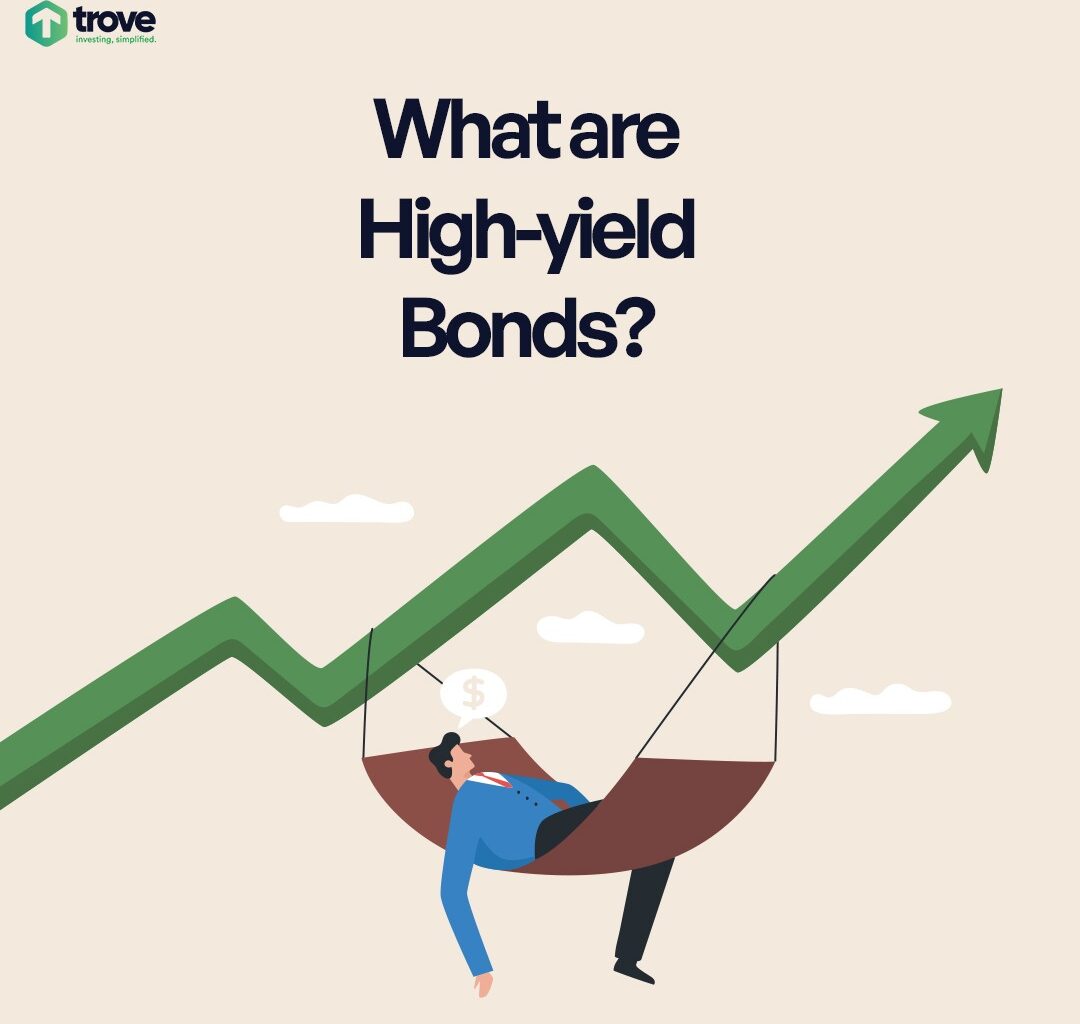When it comes to investing, we all want the perfect balance of safety and strong returns. High-yield bonds, known for their higher-than-average returns, stand out for their promise of better income. And with greater potential reward comes higher risk. But do they align with your investment strategy?
In this blog, I will break down everything you need to know about high-yield bonds in a way that’s clear and actionable.
What Are High-Yield Bonds?
High-yield bonds often called “junk bonds are essentially debt securities issued by corporations with lower credit ratings. Companies that offer these bonds are not in the prime credit category, unlike those issuing investment-grade bonds. To entice investors, they offer higher interest rates to compensate for their higher risk of default.
When you invest in a high-yield bond, you’re lending money to a company in exchange for interest payments over a set period. The potential for higher returns makes these bonds attractive, but there’s a trade-off—an elevated risk of default.
Why Do Investors Choose High-Yield Bonds?
You might wonder why anyone would opt for bonds with such a stark nickname as “junk.” The answer lies in their attractive returns. High-yield bonds can provide a solid income stream, especially in times when traditional bond yields are low. They can act as a potent tool in an income-focused portfolio.
If you are willing to accept some risk, high-yield bonds can balance your portfolios by diversifying income sources. Diversification helps to mitigate risk because it spreads investments across different assets. By mixing high-yield bonds with safer bonds or equities, you can aim for higher returns without putting your entire portfolio at significant risk.
Are High-Yield Bonds a Good Fit for You?
High-yield bonds are best suited for investors who:
- Have a higher risk tolerance.
- Seek enhanced income and are willing to accept the potential for greater volatility.
- Want to diversify their bond portfolio with higher-return instruments.
- However, if you’re someone who prefers the peace of mind that comes with investment-grade bonds or treasury securities, this might not be your cup of tea.
How to Manage the Risks
Diversification is key when investing in high-yield bonds. Spreading your investment across multiple issuers or sectors helps mitigate the risk of one company’s default impacting your entire portfolio.
Additionally, high-yield bond funds managed by experienced professionals can provide exposure while minimizing individual company risk.
Conclusion
High-yield bonds have a place in the investment world, especially for those seeking higher returns in exchange for assuming more risk. The key lies in understanding the landscape — knowing how credit ratings work, what drives yield spreads, and the historical context of default rates. By aligning these insights with your financial goals and risk appetite, you can make a more informed decision.
Approach these bonds with eyes wide open and ensure that high-yield investments align with your overall portfolio objective


